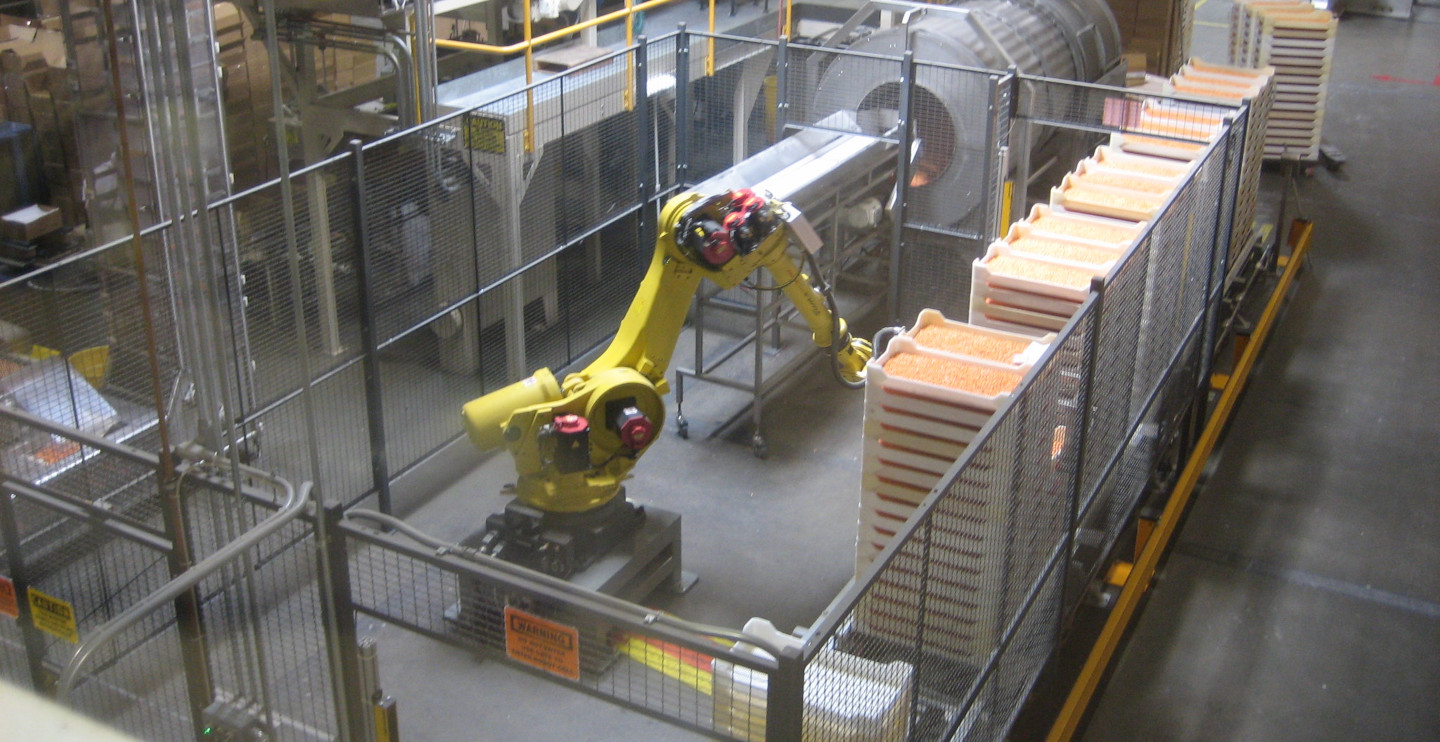Manufacturers today are working against rising input costs, labour shortages, supply-chain fragility, and pressure to offer more customised products. AI is becoming an important part of a response to those pressures.
When enterprise strategy depends on AI
Most manufacturers seek to reduce cost while improving throughput and quality. AI supports these aims by predicting equipment failures, adjusting production schedules, and analysing supply-chain signals. A Google Cloud survey found that more than half of manufacturing executives are using AI agents in back-office areas like planning and quality. (https://cloud.google.com/transform/roi-ai-the-next-wave-of-ai-in-manufacturing)
The shift matters because the use of AI links directly to measurable business outcomes. Reduced downtime, lower scrap, better OEE (overall equipment effectiveness), and improved customer responsiveness all contribute to positive enterprise strategy and overall competitiveness in the market.
What recent industry experience reveals
-
Motherson Technology Services reported major gains – 25-30% maintenance-cost reduction, 35-45% downtime reduction, and 20-35% higher production efficiency after adopting agent-based AI, data-platform consolidation, and workforce-enablement initiatives.
-
ServiceNow has described how manufacturers unify workflows, data, and AI on common platforms. It reported that just over half of advanced manufacturers have formal data-governance programmes in support of their AI initiatives.
These instances show the direction of travel: AI is being deployed inside operations – not in pilots, but in workflows.
What cloud and IT leaders should consider
Data architecture
Manufacturing systems depend on low-latency decisions, especially for maintenance and quality. Leaders must work out how to combine edge devices (often OT systems with supporting IT infrastructure) with cloud services. Microsoft’s maturity-path guidance highlights that data silos and legacy equipment remain a barrier, so standardising how data is collected, stored, and shared is often the first step for many future-facing manufacturing and engineering businesses.
Use-case sequencing
ServiceNow advises starting small and scaling AI roll-outs gradually. Focusing on two or three high-value use-cases helps teams avoid the “pilot trap”. Predictive maintenance, energy optimisation, and quality inspection are strong starting points because benefits are relatively easy to measure.
Governance and security
Connecting operational technology equipment with IT and cloud systems increases cyber-risk, as some OT systems were not designed to be exposed to the wider internet. Leaders should define data-access rules and monitoring requirements carefully. In general, AI governance should not wait until later phases, but begin in the first pilot.
Workforce and skills
The human factor remains important. Operators’ trust AI-supported systems goes without saying and there needs to be confidence using systems underpinned by AI. According to Automation.com, manufacturing faces persistent skilled-labour shortages, making upskilling programmes an integral part of modern deployments.
Vendor-ecosystem neutrality
The ecosystem of many manufacturing environments includes IoT sensors, industrial networks, cloud platforms, and workflow tools operating in the back office and on the facility floor. Leaders should prioritise interoperability and avoid lock-in to any one provider. The aim is not to adopt a single vendor’s approach but to build an architecture that supports long-term flexibility, honed to the individual organisation’s workflows.
Measuring impact
Manufacturers should define metrics, which may include downtime hours, maintenance-cost reduction, throughput, yield, and these metrics should be monitored continuously. The Motherson results provide realistic benchmarks and show the outcomes possible from careful measurement.
The realities: beyond the hype
Despite rapid progress, challenges remain. Skills shortages slow deployment, legacy machinery produces fragmented data, and costs are sometimes difficult to forecast. Sensors, connectivity, integration work, and data-platform upgrades all add up. Additionally, security issues grow as production systems become more connected. Finally, AI should coexist with human expertise; operators, engineers, and data scientists behind the scenes need to work together, not in parallel.
However, recent publications show these challenges are manageable with the right management and operational structures. Clear governance, cross-functional teams, and scalable architectures make AI easier to deploy and sustain.
Strategic recommendations for leaders
- Tie AI initiatives to business goals. Link work to KPIs like downtime, scrap, and cost per unit.
- Adopt a careful hybrid edge-cloud mix. Keep real-time inference close to machines while using cloud platforms for training and analytics.
- Invest in people. Mixed teams of domain experts and data scientists are important, and training should be offered for operators and management.
- Embed security early. Treat OT and IT as a unified environment, assuming zero-trust.
- Scale gradually. Prove value in one plant, then expand.
- Choose open ecosystem components. Open standards allow a company to remain flexible and avoid vendor lock-in.
- Monitor performance. Adjust models and workflows as conditions change, according to results measured against pre-defined metrics.
Conclusion
Internal AI deployment is now an important part of manufacturing strategy. Recent blog posts from Motherson, Microsoft, and ServiceNow show that manufacturers are gaining measurable benefits by combining data, people, workflows, and technology. The path is not simple, but with clear governance, the right architecture, an eye to security, business-focussed projects, and a strong focus on people, AI becomes a practical lever for competitiveness.
(Image source: “Jelly Belly Factory Floor” by el frijole is licensed under CC BY-NC-SA 2.0. )
Want to learn more about AI and big data from industry leaders? Check out AI & Big Data Expo taking place in Amsterdam, California, and London. The comprehensive event is part of TechEx and co-located with other leading technology events. Click here for more information.
AI News is powered by TechForge Media. Explore other upcoming enterprise technology events and webinars here.

